Nestled in the heart of Spain, Madrid beckons visitors from around the world with its vibrant culture and heritage. The bustling city not only offers a window to the past, but also the promise of unforgettable moments. There are opportunities to trace your ancestral roots, learn more about the country’s history, or simply seek memorable adventures. The possibilities of what to do in Madrid are endless, offering something unique for every traveler.
The abundance of things to explore in Madrid can feel overwhelming, but we’re here to help! This article offers unique tips and insight to really personalize your trip to the capital of Spain.
Your Spanish Heritage
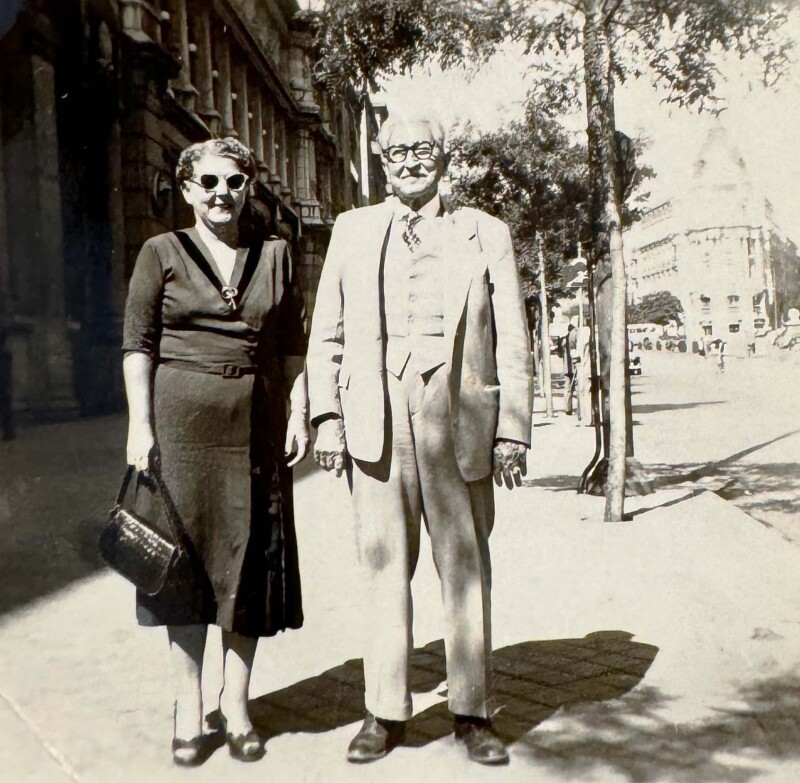
First, let’s start by establishing your connection to Madrid, or to Spain in general. This is a great way to connect with your past and truly take a step in your ancestors’ lives. FamilySearch is one of the best ways to get started on this journey. Not only can you discover your personal family tree using FamilySearch—perhaps spanning back many generations—but you can also learn more about where you come from and where your family has been, using dynamic maps and time lines. And best of all, FamilySearch is free!
A quick and easy way to use FamilySearch to discover if you have Spanish heritage is with the Where Am I From? tool. This tool lets you search back up to 8 generations and view your ancestors right on a world map. You can also use another tool like the surname search to learn about any ties to Spain your name might have.
A Glimpse into Madrid
Madrid effortlessly weaves threads of history, culture, and modernity together to captivate the heart and soul of every visitor. The spirit of the city perfectly encapsulates the vision and atmosphere of its landmarks, museums, art-filled streets, lively plazas, and vivacious culture. Let’s dive into what makes Madrid so special.
Passionate Art
When it comes to the art scene, Madrid has always held a dominant place. The music, the dancing, the artistic prominence—all of it makes for a colorful and vibrant city. Museums boast rich canvases and tapestries. Music and dance come together in forms of flamenco and chotis performances. It doesn't take a trained eye to see the passion and talent that the people of Madrid have for their cultural arts.
Dynamic Food
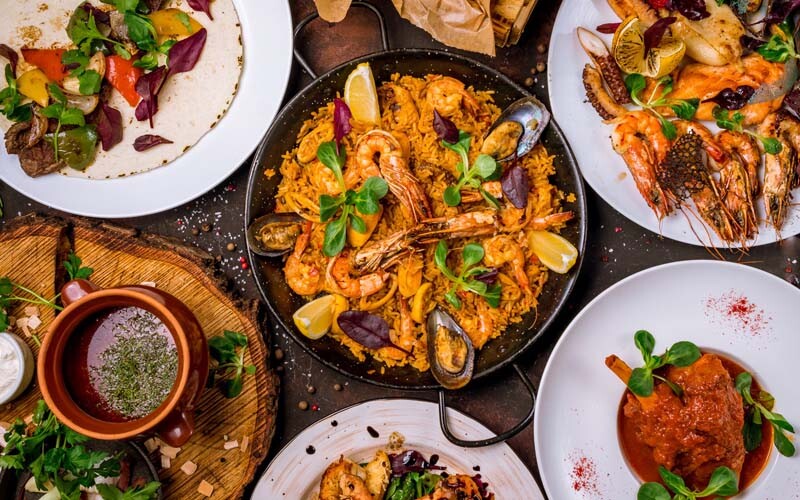
Like other famous cities, Madrid has its own special dishes. Spanish food uses both European and Mediterranean influences to create unique flavors. You’re likely to find meals with seafood or pork. Common Spanish spices include salt, saffron, paprika, rosemary, and cinnamon.
You might also learn that the Spanish have different meal times and customs. For example, breakfast is either very light or not eaten. Lunch, on the other hand, is a bigger meal eaten in the middle of the afternoon. As for dinner, that meal often occurs much later, around 10 at night.
Exciting Sports
When you think of sports and active activities in Spain, what comes to mind? Does it have to do with a red cape? Yes, Madrid is home to the largest bullring in Spain that can hold up to 25,000 spectators. From March to October, matadors have the opportunity to show their skills for the sport.
Additionally, Madrid has 2 major fútbol teams that attract quite a bit of attention. Annual matches against Barcelona teams are highly anticipated.

Dedication to Family
Family is an important part of the culture of Madrid. In fact, families get together often to enjoy each other's company and take part in meals, fun activities, and social gatherings. Family members often rely on each other for advice, personal problems, and support.
How to Get Around
Now that you know a little about Madrid’s culture, let’s learn how to see it all! There are many ways to get around Madrid, so it’s all about knowing your personal preferences and the most efficient way to travel the city.
Taking the Metro
Similar to other large cities, Madrid has an extensive metro system that makes it easy for any visitor or resident to get around. You can find routes that will take you to airports, suburbs, museums, and plenty of landmarks around the city. As a visitor, you can purchase a Tourist Travel Pass which allows you to buy a card to be used for multiple days.
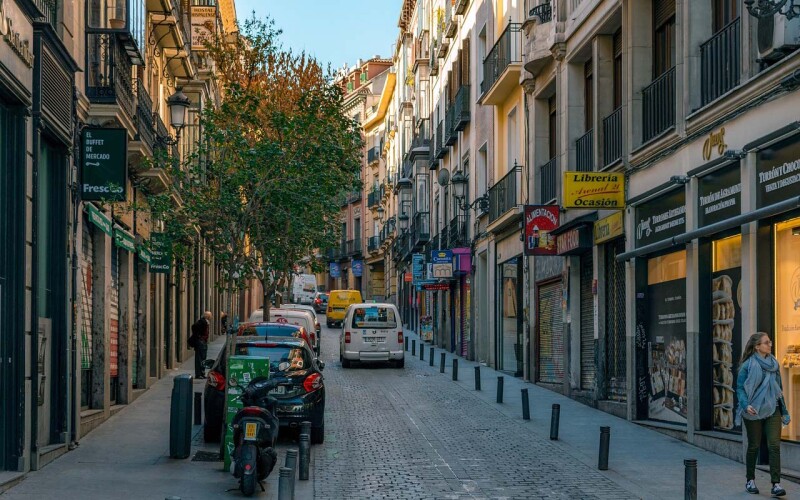
Renting a Car in Madrid
Once again, similar to other large cities, Madrid has quite a bit of traffic. While renting a car can allow you to travel wherever and whenever you want, you should be aware of parking fees and international driving permits. However, there are other options for riding in a car while in Madrid, such as car-sharing, rideshares, or taxis. Car-sharing lets you unlock a car through an app, similar to renting a bike or scooter from the sidewalk. Rideshares and taxis can be hailed through apps or in person.
Taking the Bus
Cheaper than a taxi, a bus can be the perfect way to get around if you want to experience the sights of Madrid as you travel. There are hundreds of lines that run day and night, so you can hop on a bus at any time that can take you wherever you need. The EMT Madrid website makes it easy for you to check schedules and routes.
Biking around Madrid
There are several apps and rental services that make it easy to procure a bicycle in Madrid. For example, BiciMAD offers thousands of electric bikes all over Madrid and has single day or multi-day passes available for purchase. This makes it easy for you to take a slower approach to experiencing the city and create a core memory of cycling through Madrid.
Think about how you want to experience the city, and pick the mode of transportation that works best for you!
Things to Explore in Madrid
Now that we know how to get around, let’s get started on visiting some of the best that Madrid has to offer. If you're visiting Madrid to connect with your family heritage, remember to pick some places to visit that show some of Madrid's rich history. Historical landmarks may have had significance for your ancestors.
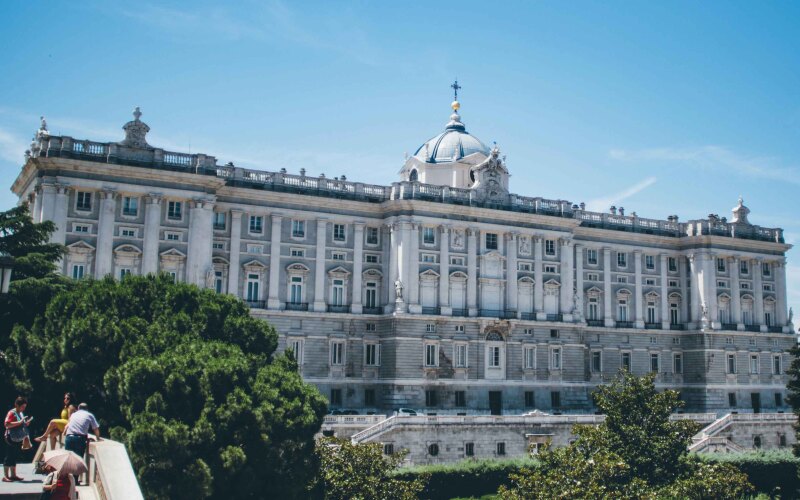
Madrid Landmarks
Take a trip through the history of Madrid by visiting palaces and famous architecture. One of the most famous landmarks in Madrid is the Royal Palace of Madrid. This palace is the largest in Western Europe and is the residence for the Spanish royal family. It is also used for state ceremonies and is open for public visitation. Another famous site is the Plaza Mayor, a large square dating back to the 15th century.
Madrid’s Parks
With everything there is to see and do in Madrid, you might feel like you’re moving pretty fast. Parks are the perfect way to slow down a little and take a moment to appreciate the beauty of Madrid. The most well-known park in Madrid is the Retiro Park, a park that features ponds, architecture, and plenty of gorgeous scenery perfect to have a picnic. Retiro Park was originally owned by the Spanish monarchy, but it has been open to the public since the 1800s. And speaking of gorgeous scenery, a visit to the Royal Botanical Gardens offers 3 greenhouses, thousands of plants, and beautiful grounds to walk around.
Shows in Madrid
As a masterpiece itself, Madrid is an expansive canvas for creativity and artistic expression. One of the best ways to see the city’s artistic culture is by attending a show. You might consider taking a trip to the Gran Vía, also known as the “Spanish Broadway.” And you’ll definitely want to check out a flamenco performance, which you can see at places like Tablao Flamenco 1911.
Experiences Unique to Madrid
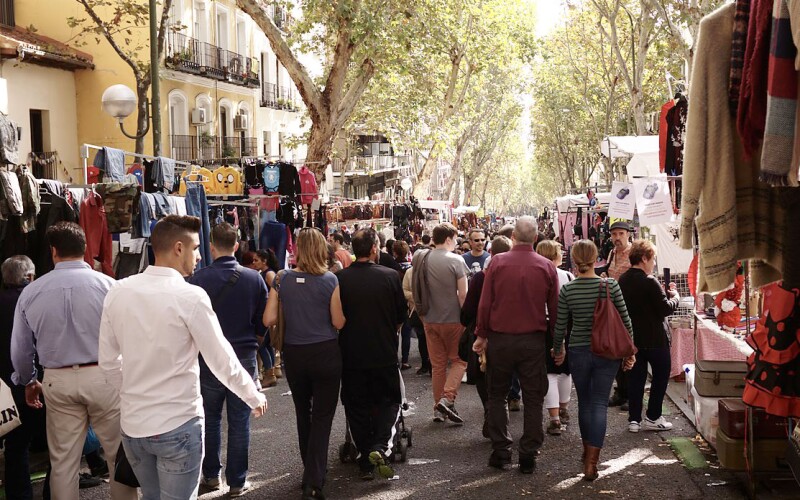
To get the most out of your visit to Madrid, here are some things you have to try.
Madrid Scenery
Start by going to the Rastro, a bustling flea market that attracts locals and visitors. If you’re looking to get a scenic view of the city, travel by cable car in an 11-minute ride.
Sports in Madrid
And don’t forget about sporting events. Fútbol fans might be interested to know that the game was first introduced to Madrid in the late 19th century. This means that ancestors in your tree about 2–4 generations back may have seen the first fútbol games in Spain or been part of the first clubs. For fans of this sport, going to a game in the Santiago Bernabéu Stadium is a must. And as Madrid is known for bullfighting, you can take the time to see that event in the Las Ventas Bullring. The same building also hosts Madrid's Bullfighting Museum, which, when open, is a great place to learn and experience this sport's history.
Madrid's Food
Don’t let the opportunity to taste authentic Spanish food go to waste. As we previously discussed, you’re likely to find rich and delicious European and Mediterranean flavors in Spanish food. Here are some options for each meal:
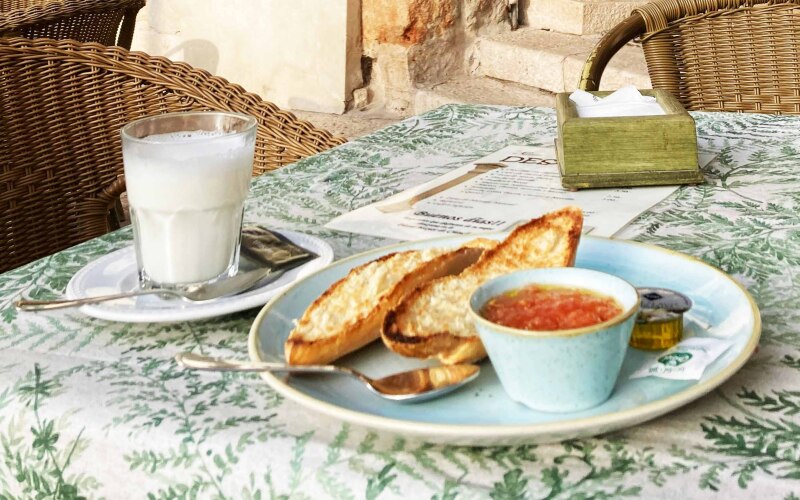
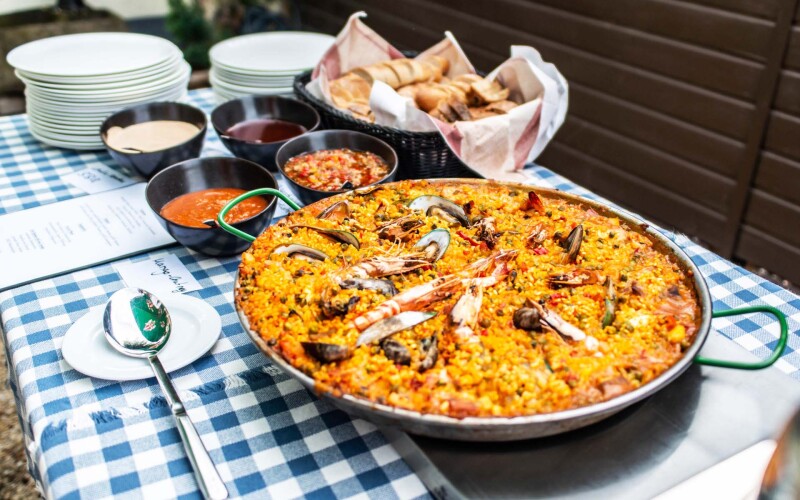



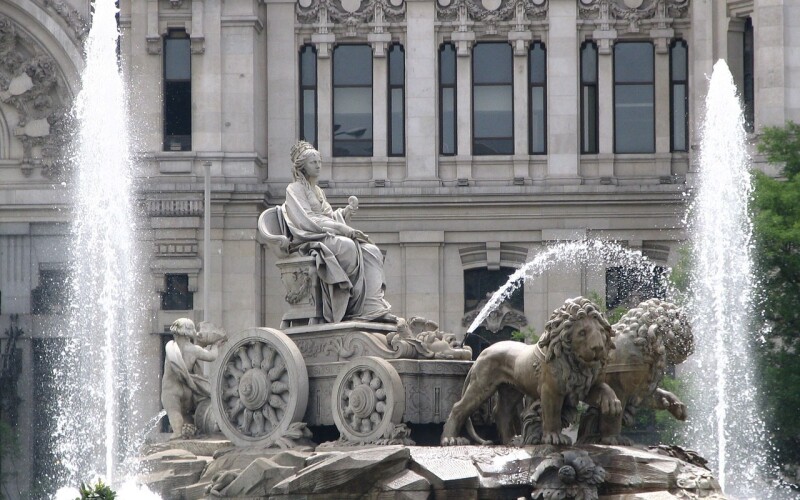
Experience More of the History of Madrid
With cemeteries, memorials, museums, and archives all across Madrid, there are so many places for you to learn more about the history of Madrid as well as locate any Spanish ancestors that you might have.
Memorials in Madrid
These physical monuments stand as a memorial to Spain’s history and the people within it.
Note: FamilySearch has a great tool for travelers desiring to know if there are any ancestors buried near where they are or where they plan to visit next. Try building your family tree on FamilySearch and using Relatives in Cemeteries before or during your heritage travel trips.

Museums in Madrid
Museums are one of the best ways to immerse yourself in history and culture, and Madrid has many to choose from. Here are a few that you can consider for your list of places to visit:
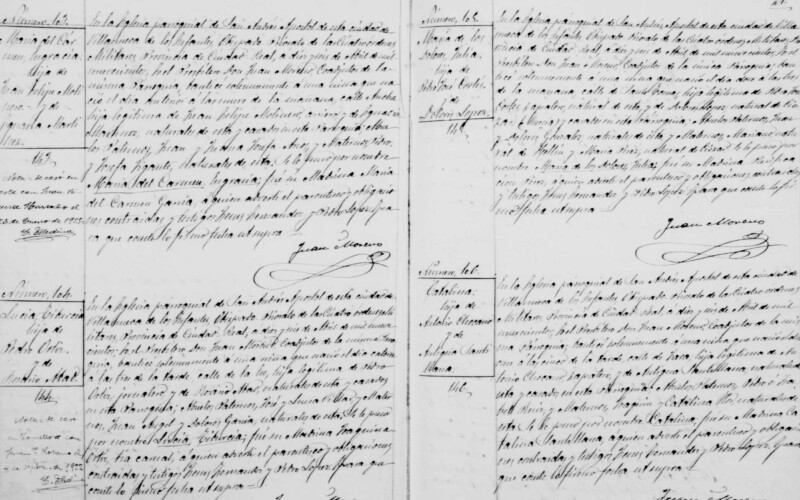
Family History Centers and Genealogy Societies
Connecting with your past does take effort, but it may be easier than you think. There are centers and societies all over the world to help you on your journey of discovering your ancestors and digging through historical records. Before your trip, consider what resources are available to help you research Madrid ancestry right now—and also what help can be found in Madrid.
Madrid’s Archives
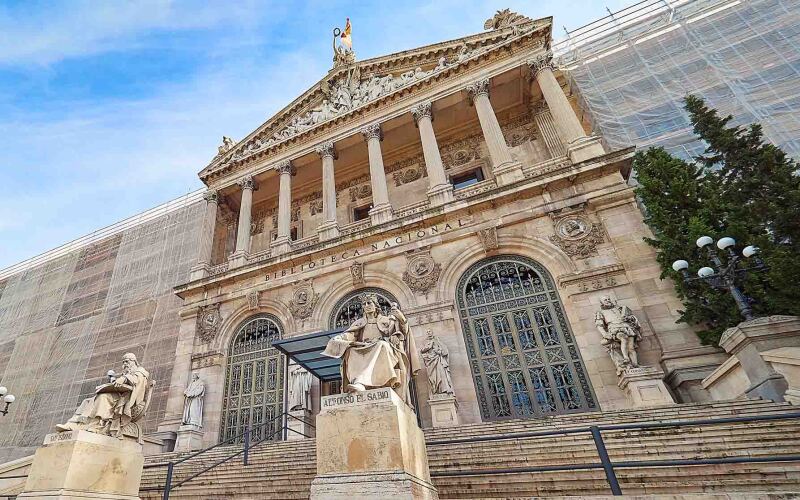
Archives in Madrid are a trove for records and documents that detail the history of Madrid and Spain.
When you visit archives to do research (rather than just attending a public tour), be sure to check the website ahead of time for what to bring, and schedule an appoint to avoid lines. In some cases, you may also need to call ahead or fill out information online to access or order records.
Note: Madrid has at least 2 other dioceses within its boundaries. See this List of Catholic Dioceses in Spain for more information.
If you are looking for documents about your ancestors, gathering what your family already knows and doing some online research beforehand can be a big help. Consider what you already know about your ancestors and what you want to find out. For example, do you know:
- Their names and any common names they went by
- Birth and death dates and locations
- Marriage or life event dates and locations
- Different places they lived in Madrid
- Who their parents, children, or guardians were
Any notes you can bring to Madrid about these details of your ancestor's lives will not only help you walk along paths your ancestors walked, but may also help you discover more about them.
Learn more about researching Spanish documents with these helpful guides:
- FamilySearch Quick Start Guide for Spain Research
- Legacy Tree Genealogists' Guide to On-site Spanish Genealogy Resources
- FamilySearch Guide to Finding Your Spain Ancestor's Place of Origin
- MyHeritage Guide for Researching Archives in Spain and Portugal
Have a Great Time on Your Trip!
Madrid is not just a city; history, art, and endless opportunities are everywhere for you to discover. Whether you’re enjoying a flamenco performance or learning about where you came from, we hope you’ll get the chance to be immersed in a culture that transcends time, leaving an impression you’ll never forget.
Related Articles
At FamilySearch, we care about connecting you with your family, and we provide fun discovery experiences and family history services for free. Why? Because we cherish families and believe that connecting generations can improve our lives now and forever. We are a nonprofit organization sponsored by The Church of Jesus Christ of Latter-day Saints. To learn more about our beliefs, click here.




